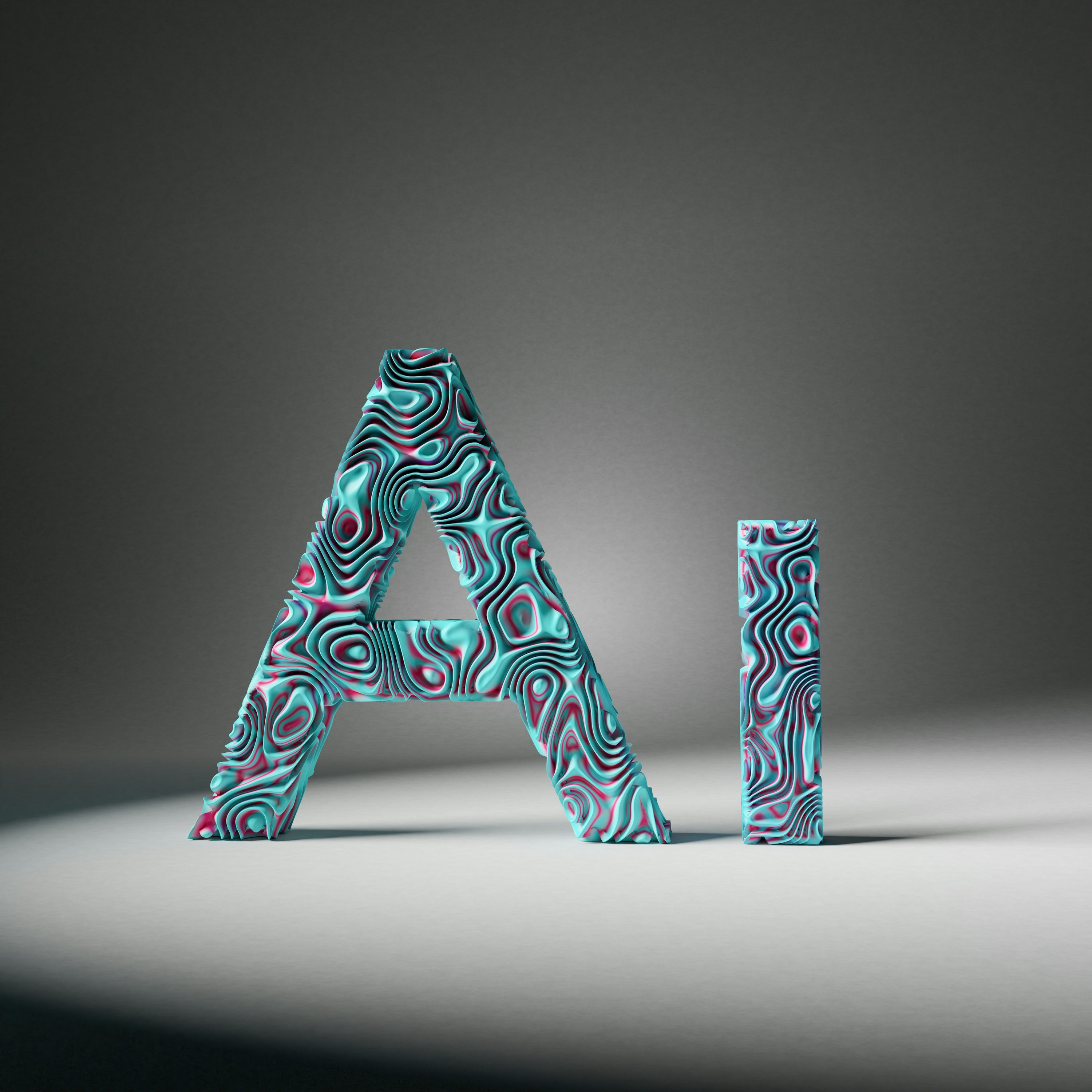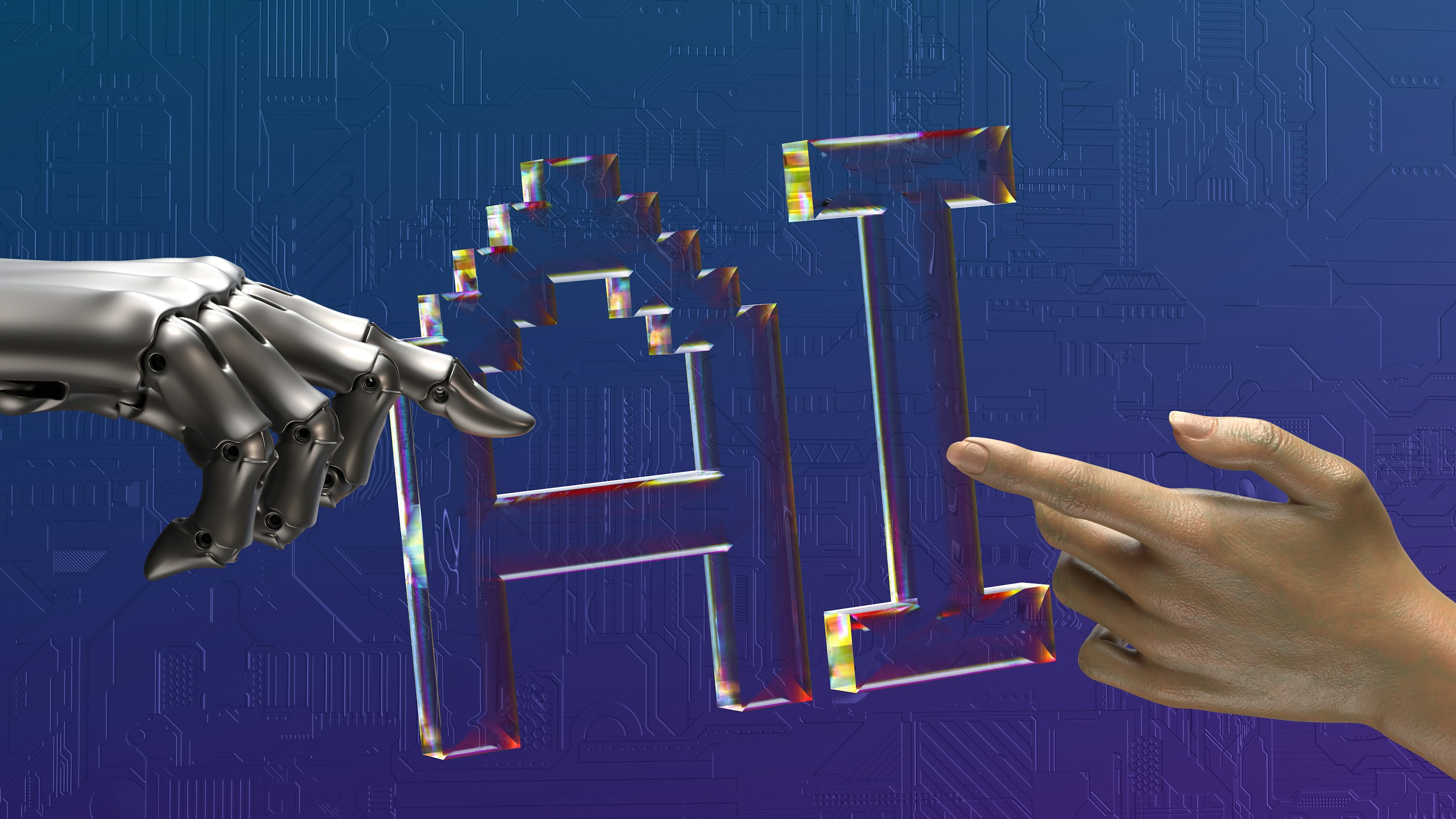The Resource Dilemma of the Evolution of Intelligent Technology

The continuous upgrading of computing architecture is driving the evolution of intelligent systems, but technological leaps are facing bottlenecks in the supply of basic resources. Under the dual drive of computing power and data, the industry urgently needs to explore new development paradigms.
The resource dependence of technological evolution
The training mode of modern intelligent systems is based on massive information processing. The traditional path achieves performance breakthroughs by exponentially expanding model parameters and data scale, which has driven a qualitative leap in interactive systems. However, the marginal benefits of resource consumption are gradually decreasing, and the sustainability of scale expansion is being questioned.
Industry observations show that the training energy consumption of intelligent models has increased nearly hundredfold in the past five years. At the same time, the extraction speed of high-quality data resources has significantly slowed down, and the annual growth rate of public information databases is less than one tenth of the technical demand. This supply-demand imbalance has led to a continuous upward trend in the training cost curve, forcing the development cycle of some cutting-edge projects to be extended.
The structural contradictions of data ecology
The acquisition of information resources is facing dual constraints. The openness of public information databases continues to shrink, with over 30% of online platforms adding anti crawling mechanisms. The interest game between content producers and technology developers is becoming increasingly fierce, and recent legal disputes have shown that the cognitive gap between the two sides in defining intellectual property rights is difficult to bridge.
The development of professional data resources also encounters bottlenecks. There are obstacles such as high collection costs and difficulty in annotating high-value information in specific fields, and the technical standards for cross domain data fusion have not yet been unified. The practice of a multinational research team shows that the integration and processing of heterogeneous data consumes more than 60% of the project's research and development cycle.

Innovative exploration of technological routes
Faced with resource constraints, the industry is seeking breakthroughs from three dimensions:
1. Lightweight reconstruction of model architecture
2. The Efficiency Revolution of Training Paradigms
3. Regeneration and utilization of data resources
Key progress has been made in parameter compression technology. The new fine-tuning algorithm can maintain 90% performance of the derived system of the base model while reducing the parameter count to 5% of the prototype. This technological path significantly reduces the computational threshold for domain adaptation, creating conditions for deep development of vertical scenes.
The innovation in training methods is also noteworthy. The self supervised learning framework increases data utilization by more than three times by constructing intrinsic correlations of information. The testing of a semantic understanding project showed that the framework achieved system performance comparable to traditional training using only 30% of raw data.
Technological breakthroughs in resource regeneration
Data synthesis technology has opened up new possibilities. By building a closed-loop system of information generation verification, research and development institutions can independently produce high-quality training materials that are suitable for specific tasks. This technological path has shown potential for application in fields such as medical image analysis, but we need to be alert to the systemic risks caused by semantic distortion.
Cross modal learning provides new ideas for data reuse. A certain audio-visual perception project successfully achieved the mutual conversion of visual signals and textual information, generating multidimensional training value from a single data source. This technological breakthrough has doubled the information density of unit data, significantly alleviating the pressure of data shortage.

The sustainable development of intelligent technology has entered a critical stage. When scale expansion reaches its physical limit, technological innovation is shifting from extensive growth to refined operation. This silent paradigm revolution may redefine the evolutionary trajectory and ecological boundaries of intelligent systems.
(Writer:Hoock)




